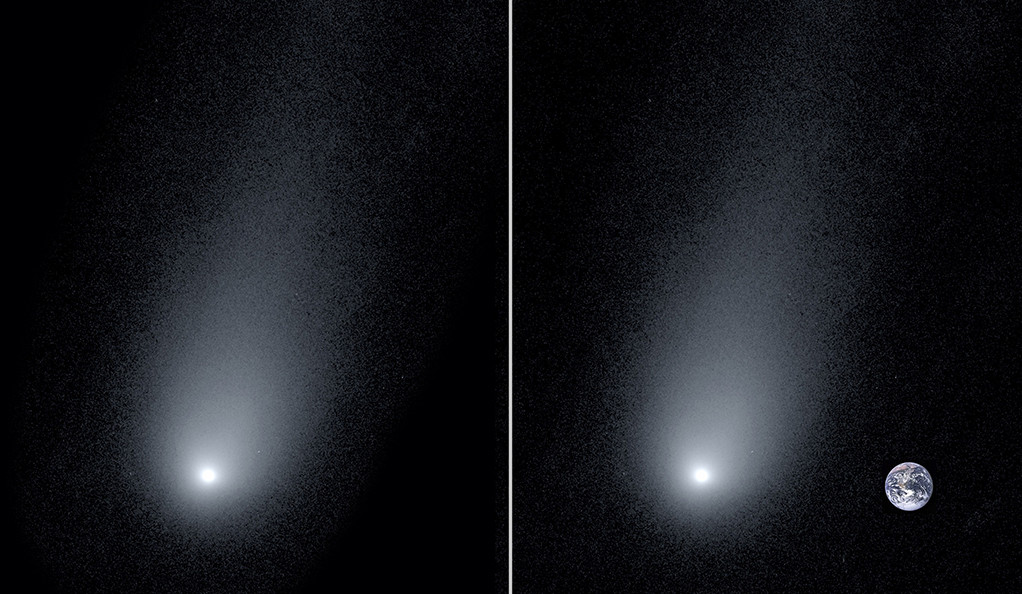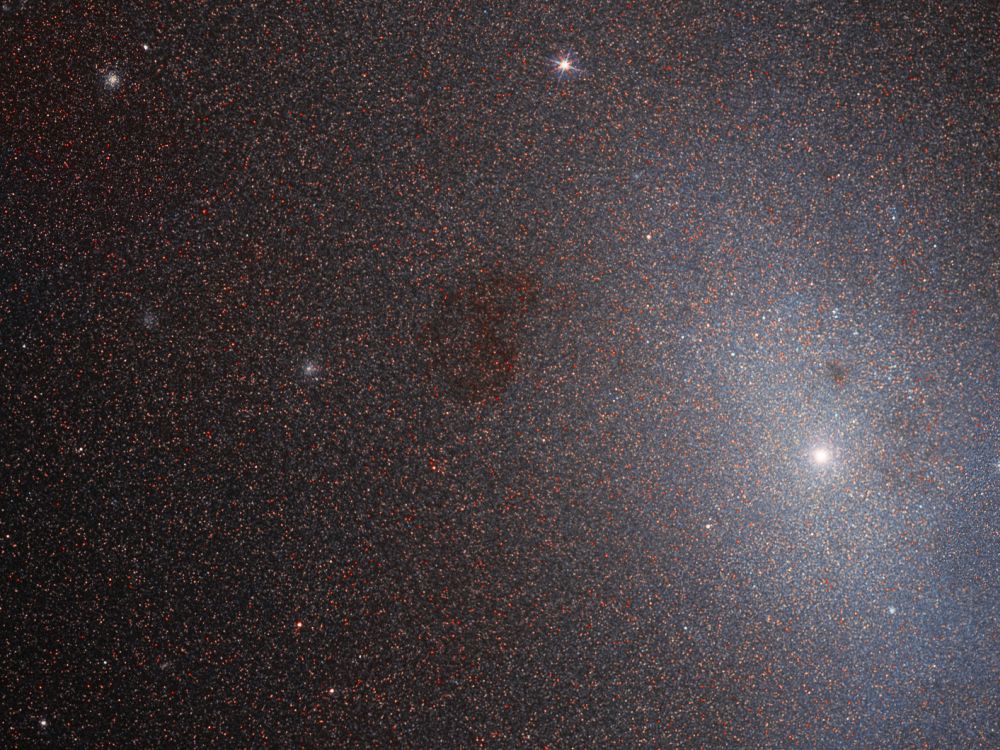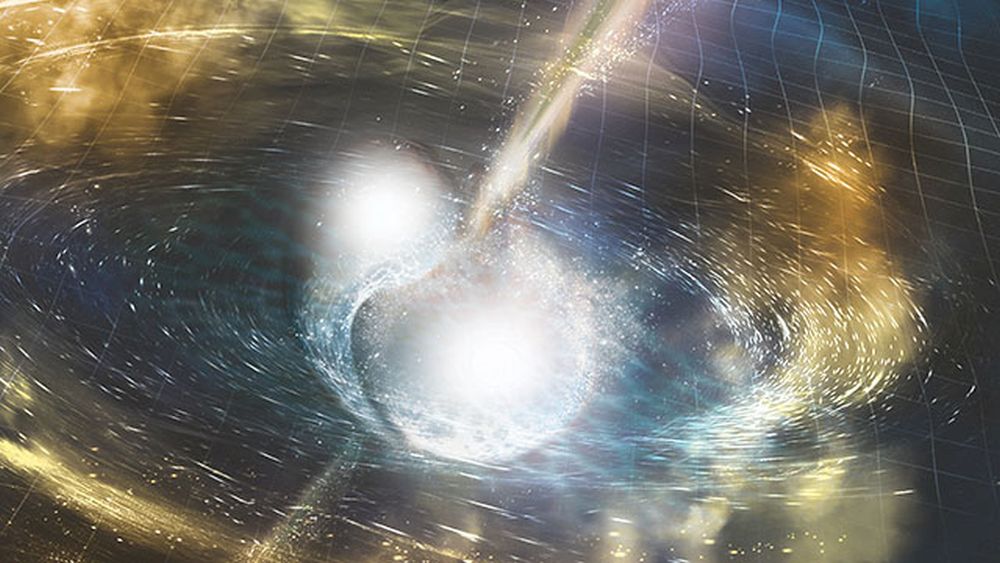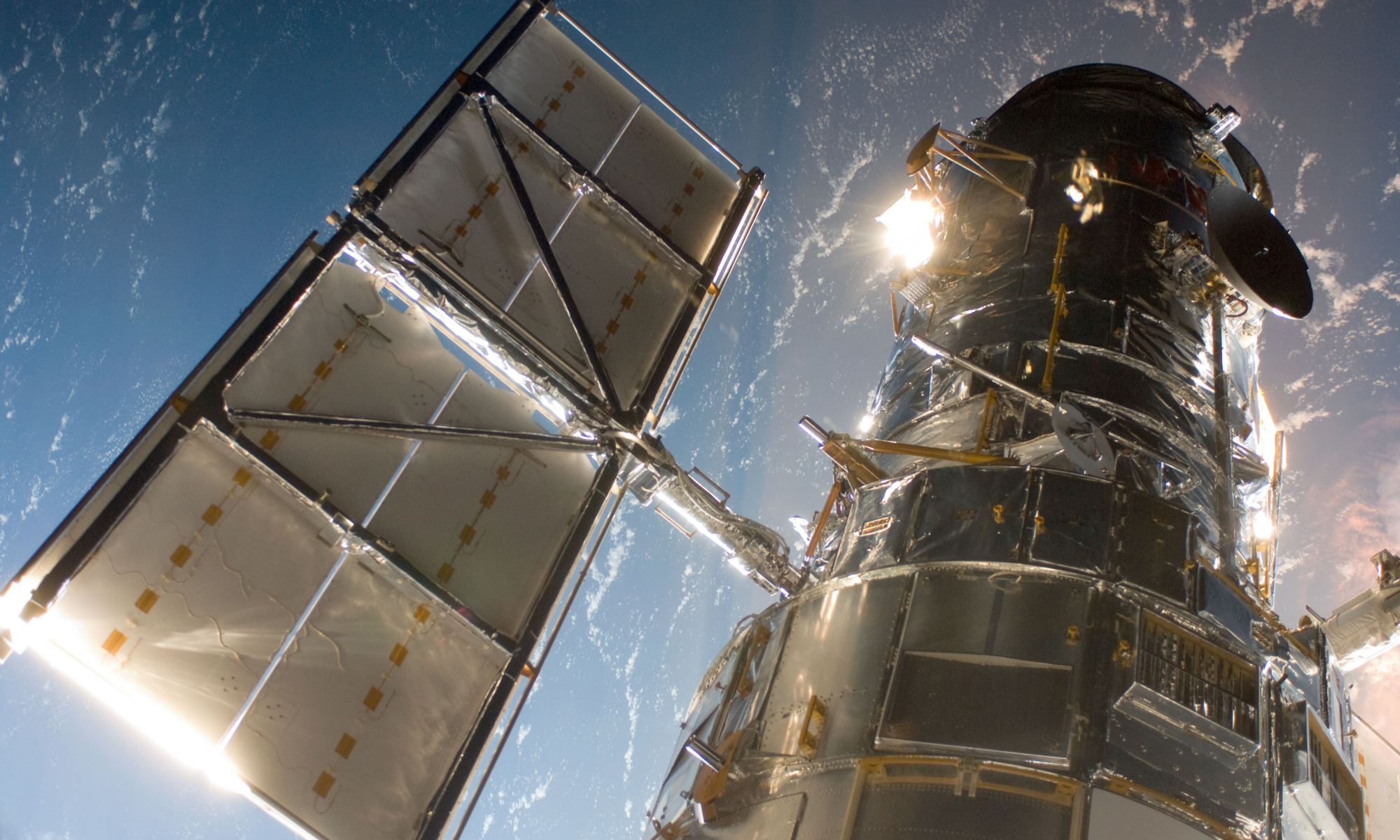Hosts: Fraser Cain (universetoday.com / @fcain)
Dr. Morgan Rehnberg (MorganRehnberg.com / @MorganRehnberg & ChartYourWorld.org)
Sondy Springmann (@sondy)
Alex Teachey (alexteachey.com /@alexteachey)
This week we are airing Fraser’s interview with Dr. Cole Miller, Professor of Astronomy at the University of Maryland, College Park. Dr. Miller led one of two separate teams that analyzed Neutron star Interior Composition Explorer (NICER) data – specifically that for pulsar called J0030+0451 (J0030) in the constellation Pisces – and were able to map the surface features of a pulsar for the first time.
Continue reading “Weekly Space Hangout: February 12, 2020 – Mapping Pulsars with Dr. Cole Miller”







